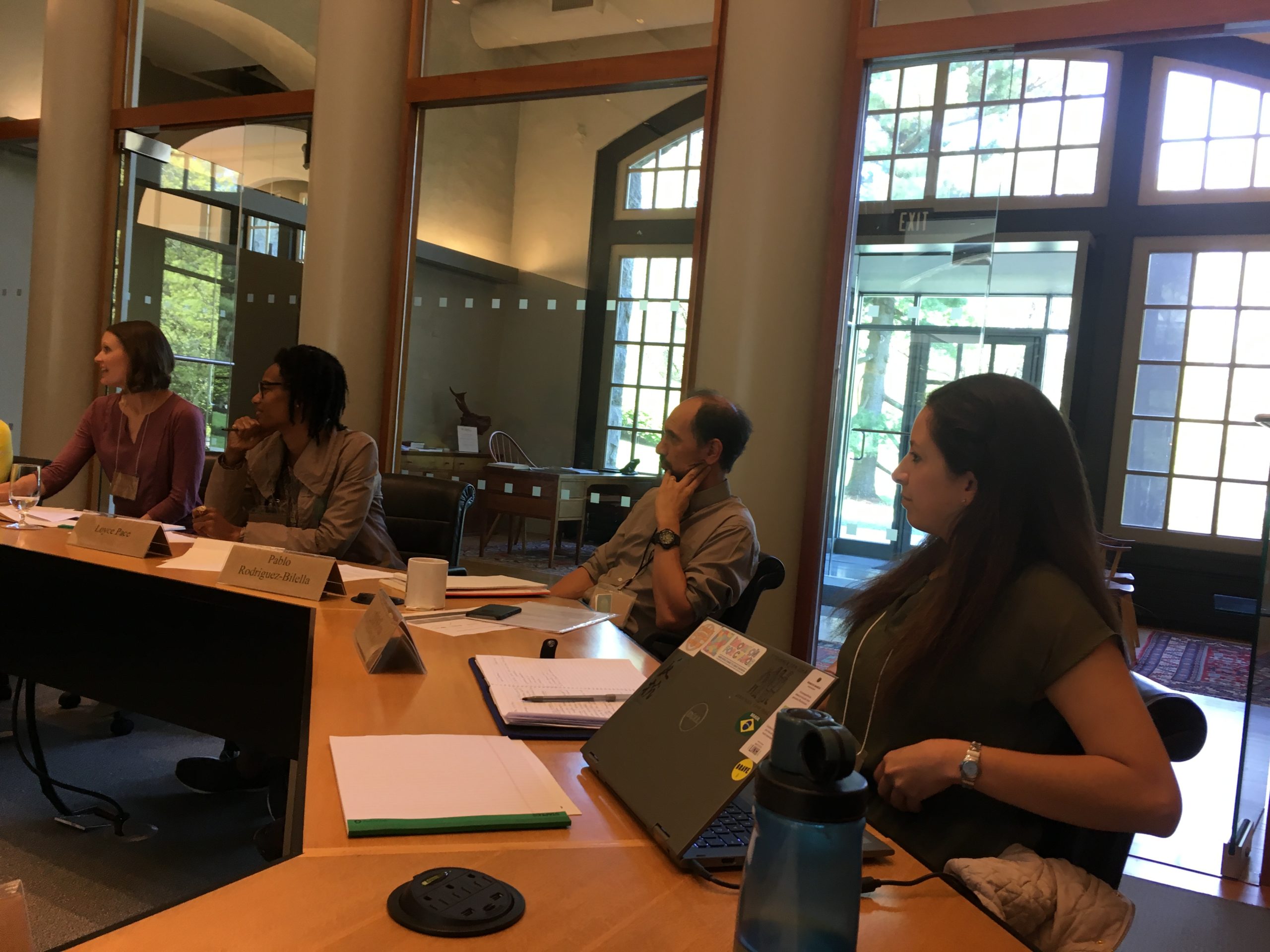
Since the pandemic went worldwide earlier this year, in addition to helping client groups navigate change, I have also been trying to follow discussions and trends that can provide helpful context and pathways. This has resulted in a series of blog posts – Tips for Successful Meetings (March 2020) when most of us were transitioning all of our work and meetings online; The Next Phase (April 2020) when the initial crisis period was turning into a longer ‘endurance phase’; and Learning through Disruptive Times (June 2020) based on learning from the Testing Change project I founded in 2014. This post continues the series with additional shared learning as we all try to learn and adapt our way through these challenging times.
- Balancing planning with being agile – There has been a lot of focus over the past years about the importance of being an ‘agile’ organization and a crisis period certainly calls for that. But it is also important to not lose sight of your organization’s core values and long-term strategies, the former which should always come into play, and the latter which may still have value. Among the range of organizations and multi-stakeholder groups I have been working with, the ones who are navigating this period with the least disruption, have a structure in place to have tough discussions and adapt quickly, relying on their core values. One approach to setting actionable priorities for the next 12-18 months that also address long term goals: Respond-Recover-Reset.
- Being creative / trying new things – Although these times can feel scary, it is a time when the willingness to go beyond your and your organization’s risk comfort is ever more important. Working as a team and developing clarity around a pathway forward (clarity, not certainty, see note about being agile above) is serving most resilient organizations well. Think broader – beyond your current offerings – what can you do to respond to current needs and provide unique value? Almost half of all local CSOs surveyed around the world by LINC have added new services in order to respond directly to the pandemic. Examples include distributing accurate information on the coronavirus and conducting trainings on managing through a crisis. Two examples of some of the organizations/multi-stakeholder groups that have pivoted to provide resources to their communities: Child Health Task Force and the Accountability Lab.
- Taking care of your people – The current environment we are in is taking a toll on each of us personally, whether we admit it or not. This makes it especially important for leaders to recognize this and provide staff with the flexibility that is needed to protect their mental health. “Make peace with your own new realities so you can help others.” shared Aïda Rehoumaof the World YWCA on a recent virtual discussion around Leadership During a Crisis.
- Core values / Human values – The transitions we have had to make during the pandemic, and conversations our organizations and societies are having, have highlighted the importance of basic human values that have traditionally been attributed to different groups. For example, traditionally seen as feminine traits (sharing of power, humility, listening, compassion, tending to individuals and relationships) have helped many organizations (and countries) to navigate the pandemic in positive ways. And some traditionally viewed as youth traits (challenging traditions and being willing to try new things) have also come to the forefront as important values that transcend the category we have put them in. Thinking of core organizational traits and values as human values, rather than those of a particular group, may help organizations to move away from siloing different groups and creating diversity ‘checklists’, towards more holistic approaches.
- Multistakeholder efforts and partnerships – Partnerships can help extend the capabilities of your organization’s own capacities and resources at a time when they are stretched. For example, the International Coach Federation identified that an immediate and pressing need for their members, many of whom are small business owners, was handling finances. So in addition to its core mission of providing training for coaches, it looked for ways to help members navigate options for financial relief and partnered with an association of financial advisors to provide discounted training. Moving beyond the immediate, you may want to look at what may have started as a transactional partnership, and how it might become a more substantive, longer-term partnership. These will take longer, and take more effort to create, but can provide important benefits going forward. If you haven’t yet engaged in any multistakeholder efforts, you may want to consider them. There are many good models to look at. Here are a few examples: the Child Health Task Force, the Sustainable Food Lab, and the Leadership Exchange for Adolescent Health Promotion (LEAHP). A little research will help you find others.
- A virtual life – One common adaptation we are beginning to see is a hybrid meeting – having a small number of participants who are able to participate in person while others participate virtually. Historically when we have seen this, those who participate virtually have almost been seen as an ‘after thought’ and have not been thoroughly integrated. Now with greater virtual experience and tools we can make these type of meetings more inclusive. Having good technical support and facilitators (to ensure that all can participate equally) is essential for this to work. Some tips. Moving forward, when we can once again have larger groups meeting in person, perhaps we can look at ‘virtual’ and ‘in person’ as equal options for how we organize our meetings and make a strategic choice based on the goals of the meeting and other planning aspects. How can we go smoothly back and forth between them to keep our communities engaged?
- Shifting power dynamics / opportunities to challenge– The pandemic has shone a spotlight on societal challenges that have been bubbling under the surface. These include systemic racism and power dynamics – who does or doesn’t have power and if we have it, how do we better use it to bring about change? For organizations who are just beginning to grapple with these issues, plan for it to take on-going effort and commitment. There are many good resources to turn to (some are below in additional resources), and organizations that may be further along the spectrum to learn from. The Global Health Council is one example of an organization, with a committed board and staff, pushing beyond its normal comfort zones.
Although none of us would have wished for the current and sustained crisis environment, it does present opportunities for us to change for the better. Making these type of significant changes are of course always hard and call for on-going commitment and finding the tools and structures that will help you to stay on track. I work with one multi-stakeholder group that developed their group values and keeps them at the top of each team agenda as a reminder to keep moving in new directions. Here are some example questions you may want to use as reminders for your team. They are just illustrative and you will certainly come up with those that will work best for you.
- How can we respond to current needs by providing some unique value to our community?
- What areas of our organization need to be revitalized (or eliminated)?
- What changes that have we made in the past few months (individual or organizational) do we want to sustain?
- Who else should we be engaging with?
- What can help us build on our initial ideas?
- What is our leadership’s risk tolerance? How fast can we move?
Additional reading/resources
The impact of covid-19 on civil society organizations
Covid-19 Planning Scenarios (US oriented)
Tetonic Shifts Expected as Digital Expands
Awake to Woke to Work, Building a Race Equity Culture, Equity in the Center
